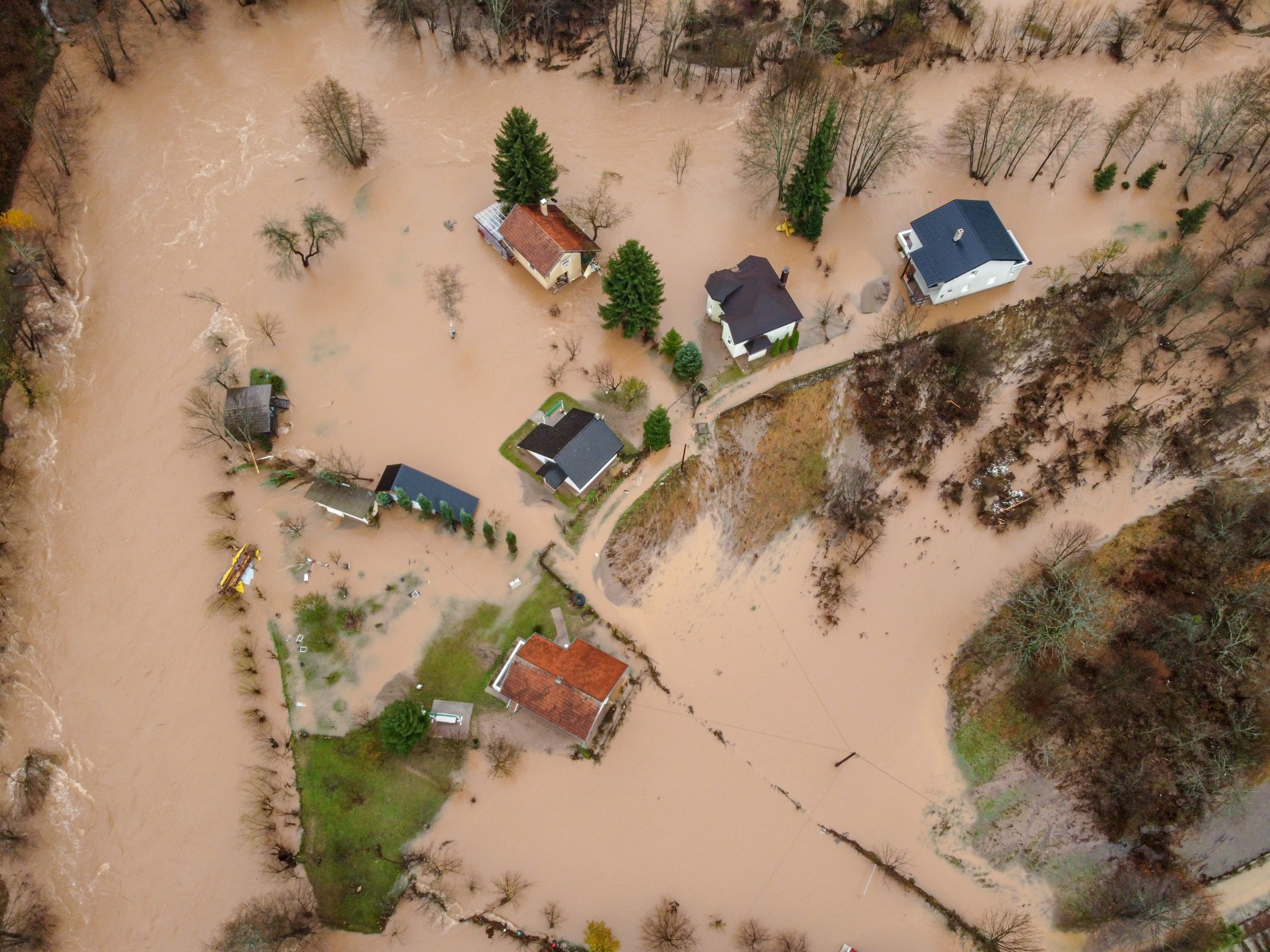A catastrophic flood in Libya resulted in over 15,000 Libyans dead or missing, illustrating the dire consequences when climate change meets political instability and decaying infrastructure. The flood occurred in eastern Libya in the region of Jabal al Akhdar and was described by the UN as the “deadliest and costliest storm ever recorded in the Mediterranean region.” The disaster has raised concerns about the country’s ability to adapt to the climate crisis, particularly given its political divisions and aging infrastructure, including dams built in the 1970s that collapsed during the storm.
Key Points:
- The deadly flood was exacerbated by several factors including political instability, a decade-long civil war, and crumbling infrastructure, combined with the impacts of climate change.
- The aging dams in the affected region had been neglected for years. Their collapse during the heavy rainfall significantly worsened the flood’s impact, a warning sign for aging infrastructure worldwide.
- The tragedy underlines how fragile states, already struggling with instability and conflict, are highly susceptible to climate-induced disasters due to deterioration of social services and lack of infrastructure maintenance.
- Despite international funding avenues like last year’s COP27 climate summit’s loss-and-damage fund, countries like Libya with unstable political conditions find it challenging to tap into these resources for climate adaptation and mitigation.
- Libya has not yet submitted a Nationally Determined Contribution to the UN as part of the 2015 Paris Agreement, further hindering its ability to access international climate financing.






